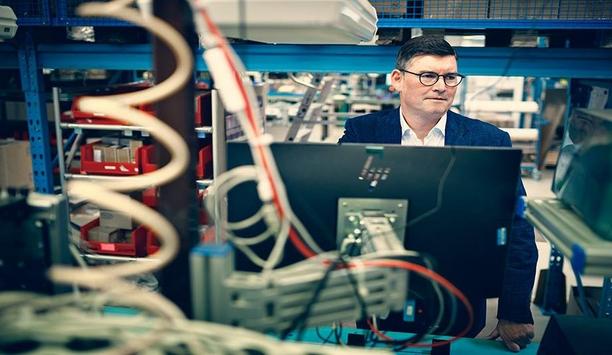Technology & Trends - Evaporative Coolers
Automotive HVAC is a heating, ventilation, and air conditioning system installed in automobiles, such as passenger cars, pickup trucks, and heavy-duty trucks. Like other air conditioning systems, automotive HVAC cools the air by transforming the refrigerant into a liquid or gas. The heating process, on the other hand, is characteristic of automotive HVAC as it uses the heat created by the engine. HVAC systems in the automotive The adoption of heating, ventilation, and air conditi...
How can UK businesses effectively tackle the challenge of cooling commercial and industrial buildings? Cooling commercial and industrial buildings can be a challenge for UK businesses. In recent years, the spiraling energy costs have put pressure on businesses with regard to finding new and innovative ways to achieve the same result with less capital outlay and less maintenance. New system installs have sometimes been put on hold and maintenance schedules squeezed, leaving many businesses with...
Energy bills for small businesses have become a major issue throughout 2023. As prices have risen drastically over the last twelve months, SMEs have been relying on the government’s Energy Bill Relief Scheme. Originally set up to support livelihoods, energy bills for businesses in the public sector were capped at £2,500 per year. However, in March, the government support scheme was replaced with the scaled-down Energy Bill Discount Scheme, leaving businesses and public sector organ...
It is now more common to read about cases of Legionnaires’ disease in the media than ever before, with outbreaks regularly being reported in cities around the world, all the time. Many of these cases are attributed to contamination of domestic systems, showers and spas, but some are the result of operating cooling towers. While this problem is not new, with the first reported case in Philadelphia, in 1976, the United Kingdom (UK) has been at the forefront in leading the battle with Legionn...
Across the globe, annual food loss amounts total to approximately 1.3 billion tons of waste and 4.4 gigatons of greenhouse gas (GHG) emissions. To put that in perspective: If food waste were a country, it would rank as the third largest GHG emitting country in the world, surpassed only by the United States and China. The average supermarket, which brings in about $35M in annual revenue, will see $526,590 worth of food waste and 3,600 MWh worth of wasted energy use, where about 2,000 MWh is use...
Browse expert commentaries
Related videos
Introduction | Decarbonization Explained | Danfoss
Munters LCX Liquid-To-Liquid Coolant Distribution Units
Van Buren School District
- View more Evaporative Coolers
- Phoenix Manufacturing Evaporative Coolers
- Portacool Evaporative Coolers
From A To L: Your A2L Transition Guide
DownloadLeveraging Radiant And Hydronics To Help Achieve Decarbonization Goals
DownloadSealed Connectors In Harsh Environments
DownloadPowering And Cooling Next Generation Data Centers
DownloadDebunking Myths To Promote A Bright Future For Heat Pumps
Download












